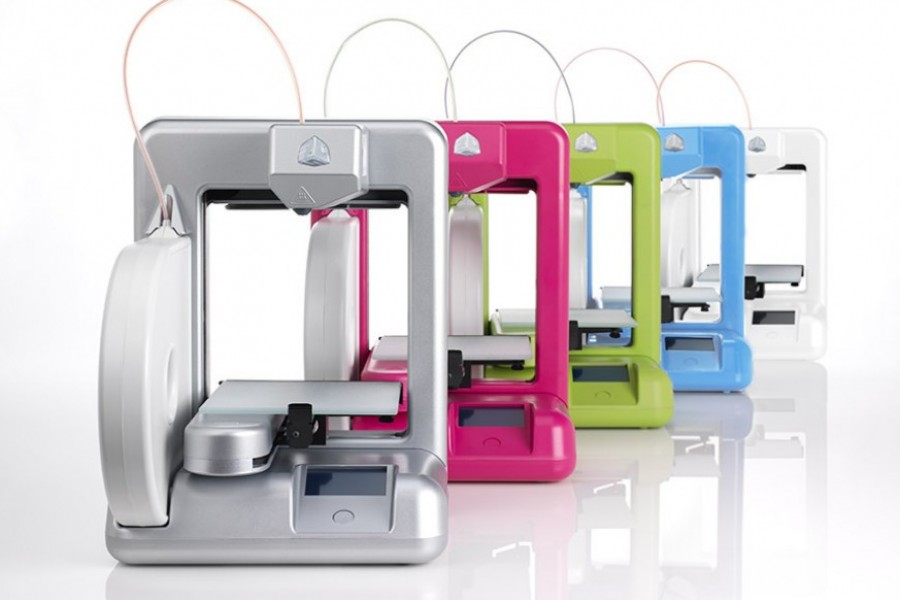
3D Printing Technology
Post By : Akhil Satheesh
Post Rank : 2197th
Category : Technology
Sub Category : Gadgets
28 Jan 2014
The 3D printing technology made its way to the technological world in the year 1986, but did not gain importance until 1990. It was not that popular outside the world of engineering, architecture and manufacturing. In recent years 3D printers have become cheaper to produce and are available in the consumer market. Several models are now available for sale, as well as designs for products.
3D printing is also known as desktop fabrication, it can form any material that can be obtained as a powder. 3D printers deposit material layer by layer to create a solid object. As the objects are constructed in layers from the ground up, the process is also known as additive manufacturing. Plastic is currently the most common "ink," but others in use include ceramics, metal, sand, sugar and chocolate. For creating an object you need a digital 3D-model. You can scan a set of 3D images, or draw it using computer-assisted design or CAD software. You can also download them from internet. The process of "printing" a three-dimensional object layer-by-layer with equipment is quite similar with that of ink-jet printers.

One of the most important applications of 3D printing is in the medical industry. Medicine will forever be changed as new bio printers actually print human tissue for both pharmaceutical testing and eventually entire organs and bones.
3D printing makes it possible to make a part from scratch in just hours. It allows designers and developers to go from flat screen to exact part.
Architecture and construction are changing as well. Now, 3D-printed models of complex architectural drawings are created quickly and inexpensively, rather than the expensive and time-consuming process of handcrafting models out of cardboard. And experimental, massive 3D printers are printing concrete structures, with the goal of someday creating entire buildings with a 3D printer.

Art is already forever changed. Digital artists are creating magnificent pieces that seem almost impossible to have been made by traditional methods. From sculptures to light fixtures, beautiful objects no longer need to be handcrafted, just designed on a computer.
And there are developments where you least expect them: for example, archeologists can 3D scan priceless and delicate artifacts, and then print copies of them so they can handle them without fear of breakage. Replicas can be easily made and distributed to other research facilities or museums. It has been used to create a full-size reproduction of King Tutankhamun’s mummy and to repair Rodin’s sculpture, The Thinker.
3D printing is going to impact so many industries, such as automotive, medical, business & industrial equipment, education, architecture, and consumer-product industries. Experts predict 3D printers will be common in homes in coming years. It will change the world as we know it. Before you know it.
Comments
Similar Posts
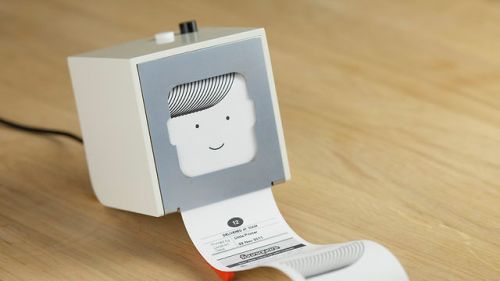
Little Printer review: a design nerd fantasy
BERG spent the last year for building Little...
Magic Keyboard Vs Smart Keyboard - Which One is Better?
Is There a Better Keyboard for Your iPad than the ...
What is Li-Fi?
Li-Fi is a label for wireless-communication system...
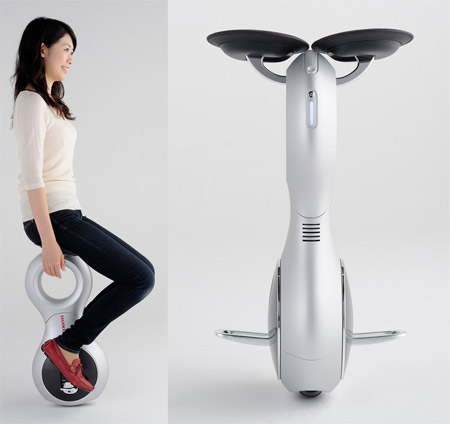
Honda's Moving Chair
Honda introduces its new moving chair. It catches ...
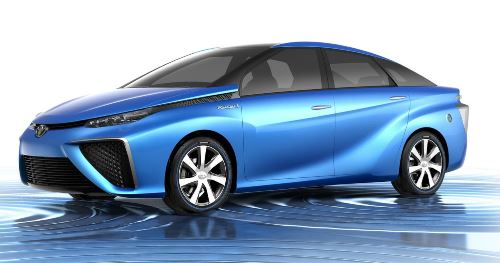
Toyota to introduce Hydrogen powered electric cars in US
Hydrogen-powered electric cars expected to be sold...
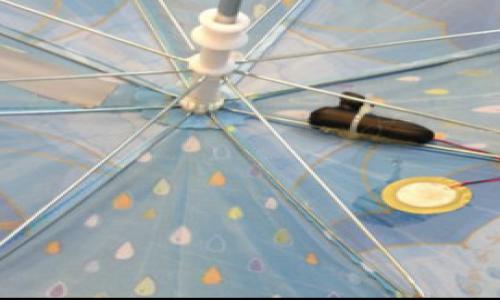
New Smart Umbrellas to collect data on rainfall
Can you imagine that you can become a mobile weath...
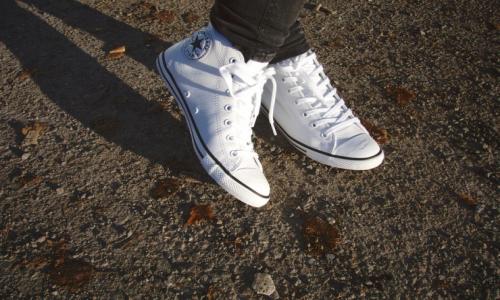
Charge your mobile phones while you walk : A gadget invented by a teen
A 15-year-old boy has invented a charger that uses...

3D Printing Technology
The 3D printing technology made its way to the tec...
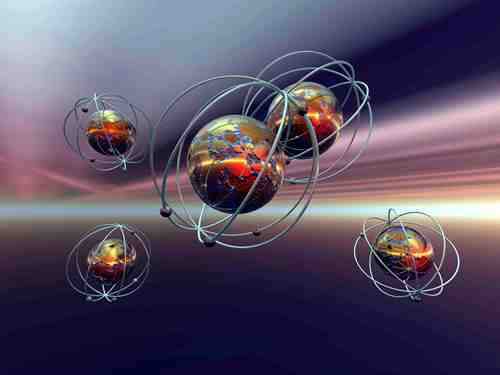
Quantum Computing: Challenges,Triumphs and Applications
Quantum computing is one of the field of research ...
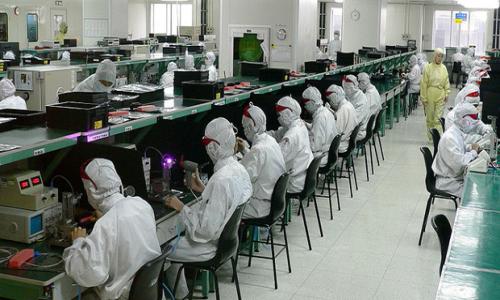
Apple prohibits the use of two chemicals to the seriousness of the health
Apple has banned the American Electronics use two ...



